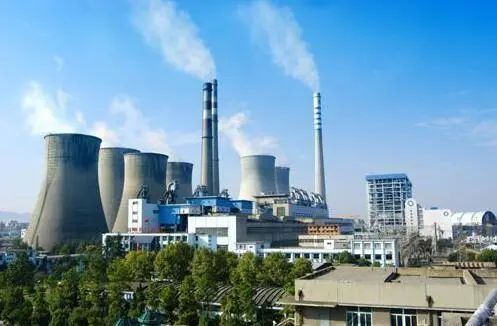In recent years, with the advancement of materials science, new types of water treatment defoamer materials have emerged continuously. For example, materials with unique properties such as nanomaterials and biobased materials have been applied in the research and development of defoamers, improving their efficiency and environmental performance. These new materials not only have excellent defoaming effects, but also can improve water quality or promote biodegradation to a certain extent.

In order to further improve the performance of water treatment defoamers, researchers have adopted various optimization strategies. Including adjusting the molecular structure of defoamers, improving production processes, optimizing formula design, etc. Through these strategies, defoamers can maintain high efficiency while reducing dosage, minimizing side effects, and improving their stability in water bodies. Compound technology is a method of mixing multiple defoamers in a certain proportion. By compounding, the advantages of various defoamers can be fully utilized, achieving complementary advantages and thus improving the overall defoaming effect. At the same time, compounding technology can also reduce the use of a single defoamer, lower costs, and minimize environmental impact.
In order to ensure the effectiveness and stability of water treatment defoamers, necessary maintenance and management are required during use. It includes regular inspection of defoamer dosage, monitoring of water quality changes, cleaning of residual foam in equipment, etc. In addition, it is necessary to establish a sound system of recording and reporting in order to promptly identify problems and take corresponding solutions.

 English
English
 Chinese
Chinese Vietnamese
Vietnamese
 HOME
HOME
 PRODUCT
PRODUCT
 NEWS
NEWS
 CONTACT
CONTACT


